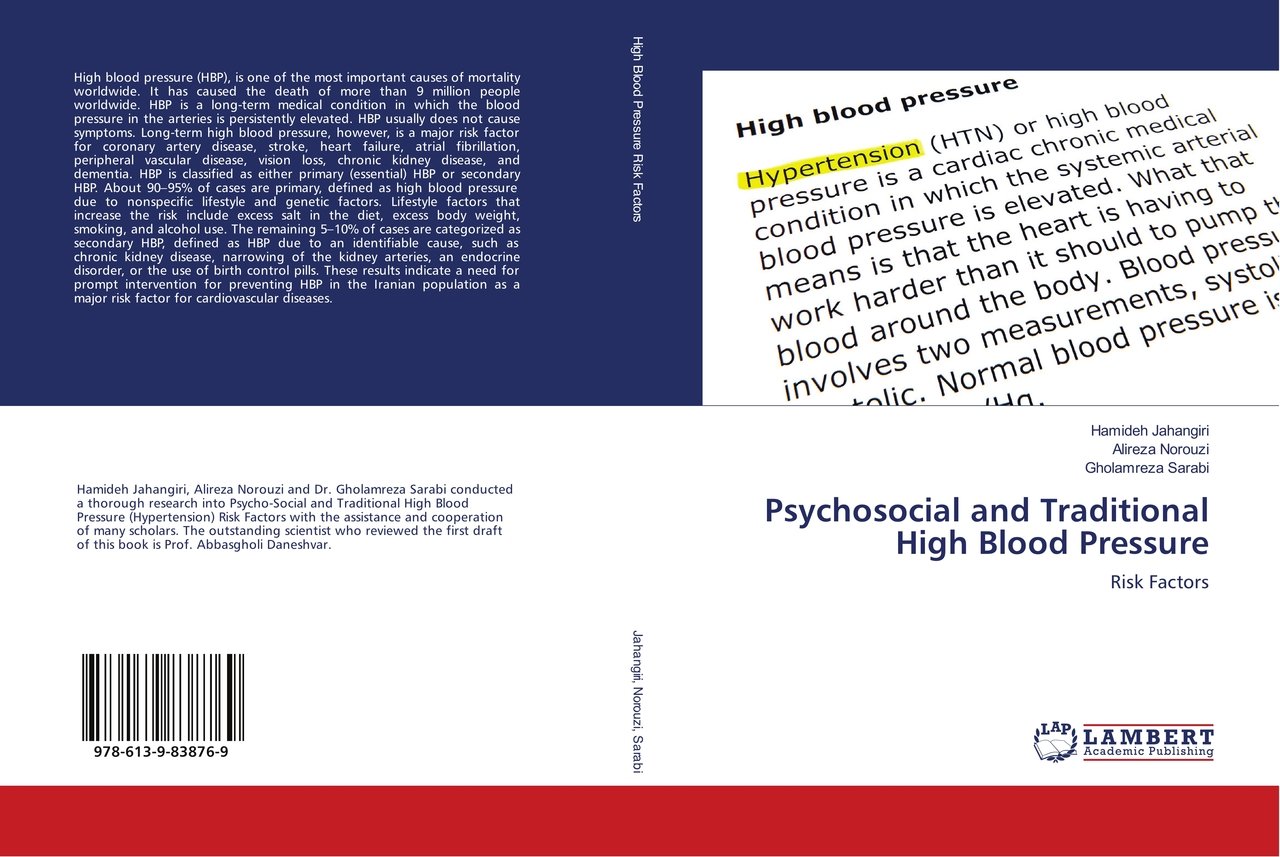High blood pressure (HBP), is one of the most important causes of mortality worldwide. It has caused the death of more than 9 million people worldwide. HBP is a long-term medical condition in which the blood pressure in the arteries is persistently elevated. HBP usually does not cause symptoms. Long-term high blood pressure, however, is a major risk factor for coronary artery disease, stroke, heart failure, atrial fibrillation, peripheral vascular disease, vision loss, chronic kidney disease, and dementia. HBP is classified as either primary (essential) HBP or secondary HBP. About 90¿95% of cases are primary, defined as high blood pressure due to nonspecific lifestyle and genetic factors. Lifestyle factors that increase the risk include excess salt in the diet, excess body weight, smoking, and alcohol use. The remaining 5¿10% of cases are categorized as secondary HBP, defined as HBP due to an identifiable cause, such as chronic kidney disease, narrowing of the kidney arteries, an endocrine disorder, or the use of birth control pills. These results indicate a need for prompt intervention for preventing HBP in the Iranian population as a major risk factor for cardiovascular diseases.


